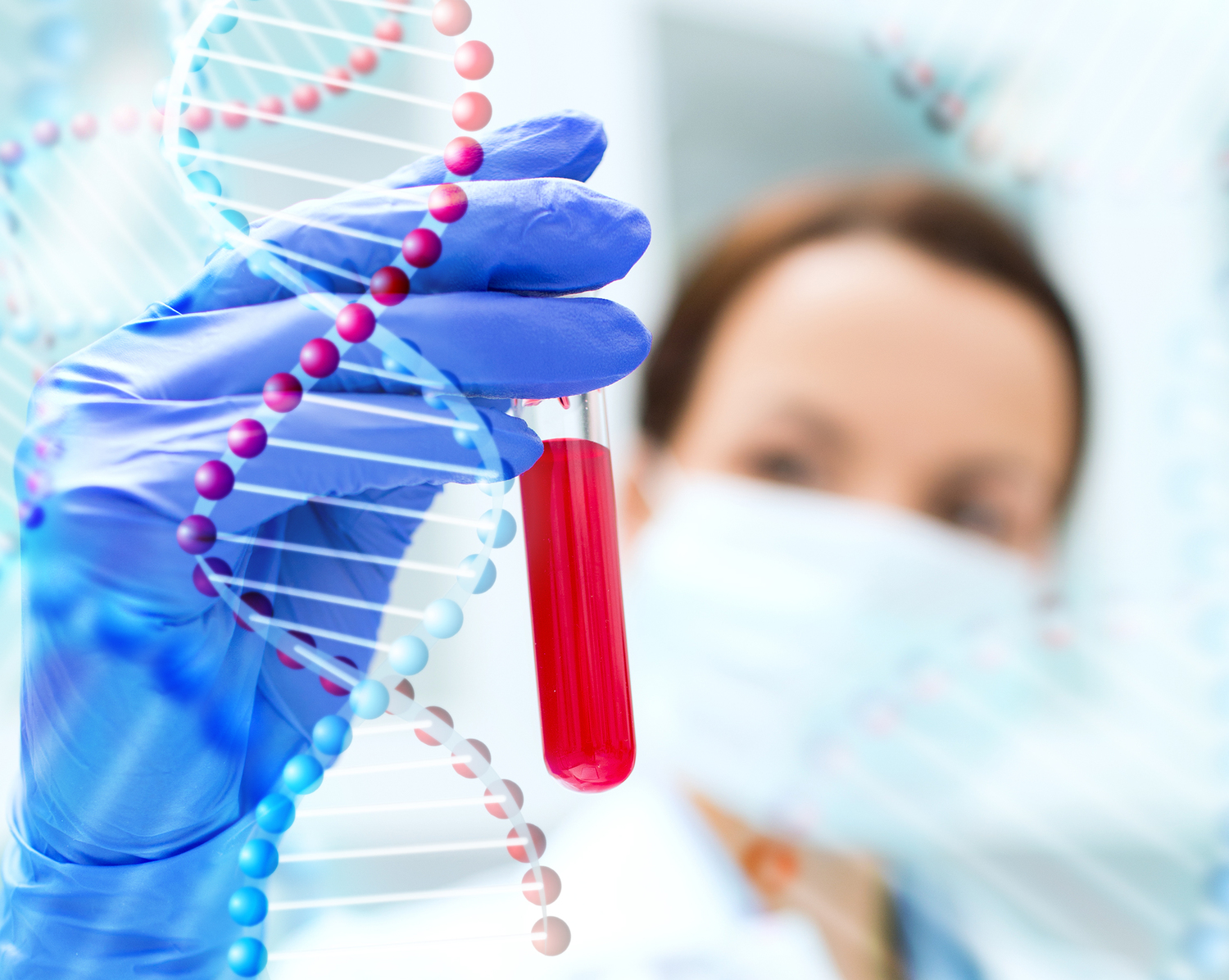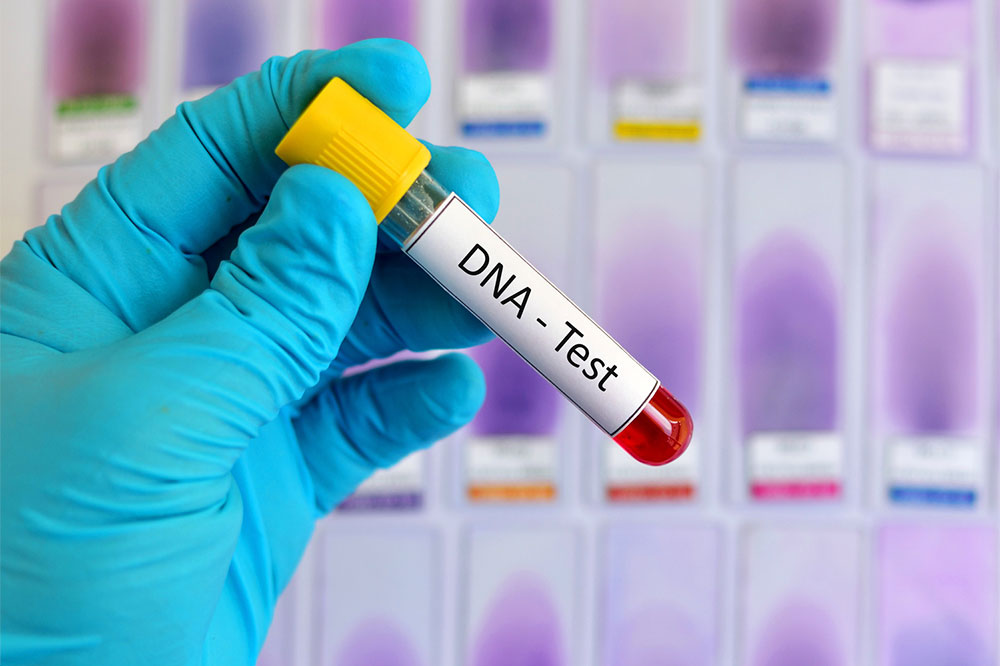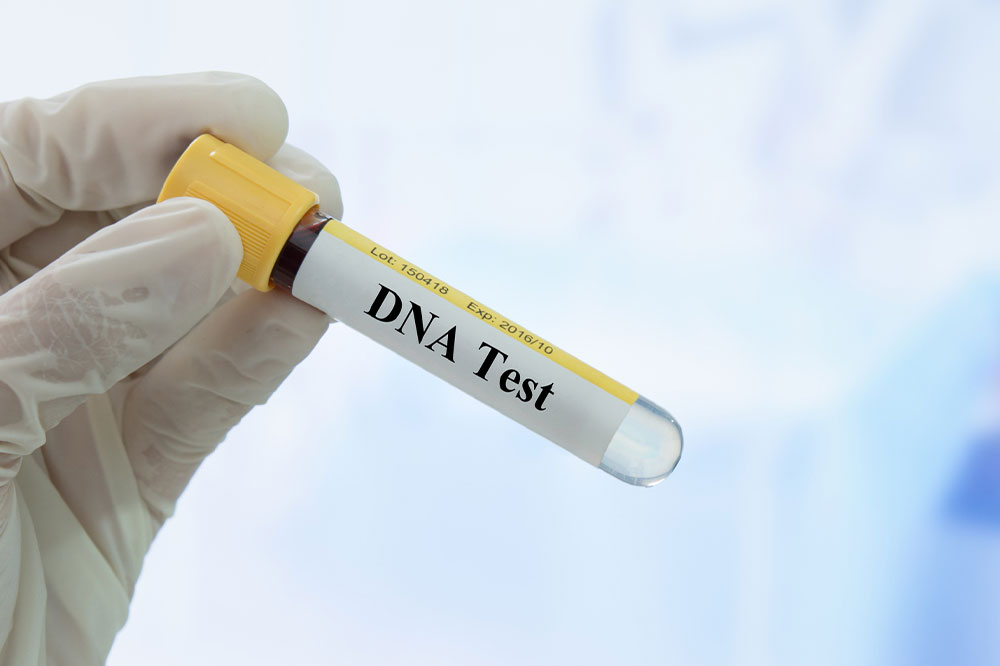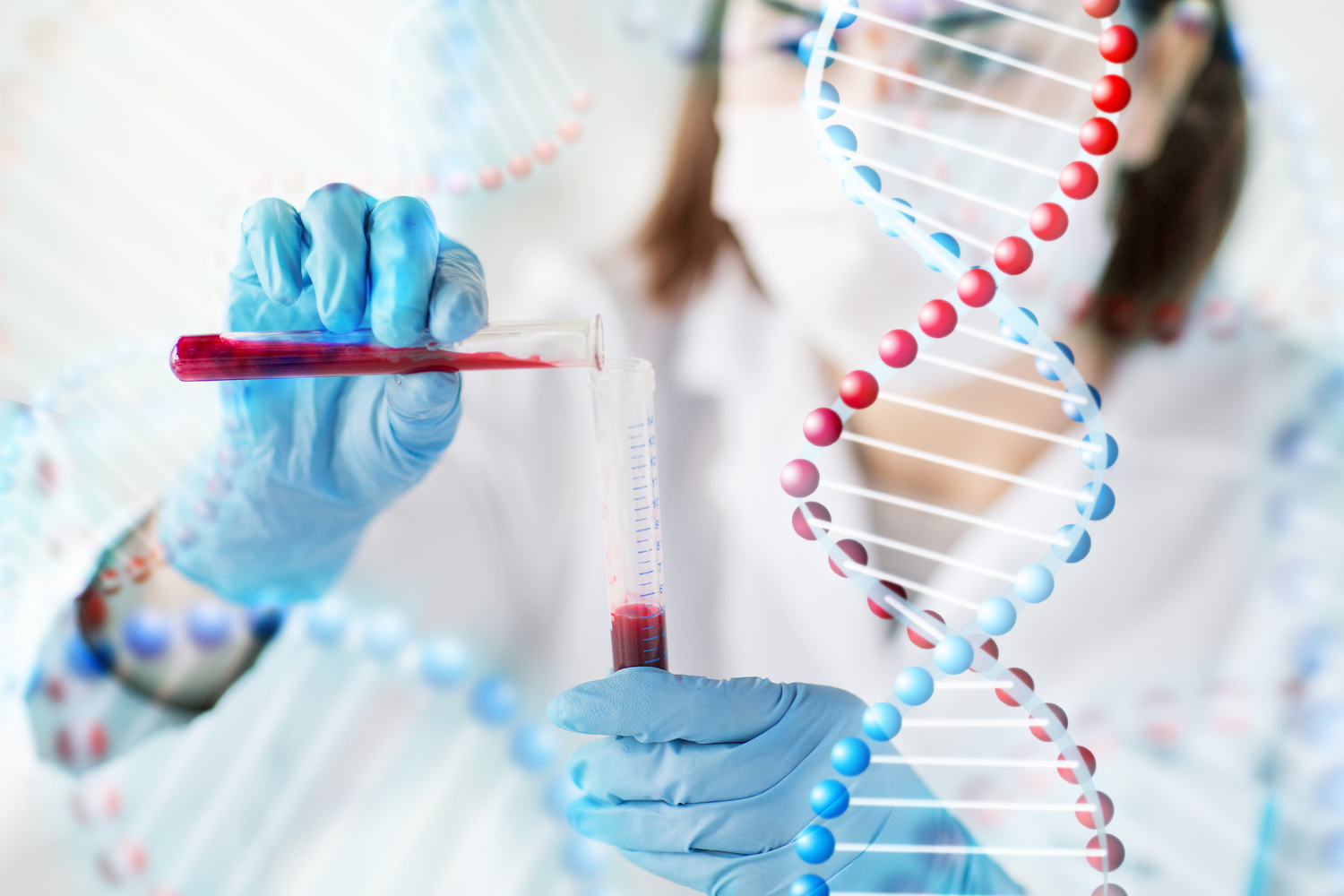Understanding DNA Testing: Procedures, Benefits, and Safety Aspects
Explore the essentials of DNA testing, including its types, safety considerations, and limitations. Learn how genetic tests can provide insights into health and relationships while understanding safety tips and risks involved, especially during pregnancy. This guide helps you make informed decisions about DNA analysis and its ethical implications.

Understanding DNA Testing: Procedures, Benefits, and Safety Aspects
Genetic testing offers deep insights into our biological makeup. Recent advances enable us to analyze our DNA to determine health issues and genetic relationships. Techniques involve examining chromosomes, genes, and proteins, utilizing methods such as molecular, chromosomal, and biochemical tests.
Categories of Genetic Testing
Various genetic tests serve different purposes, each with distinct advantages and limitations.
Diagnostic Tests
Used to identify or exclude specific genetic or chromosomal conditions, usually triggered by symptoms or signs. These tests can be done at any stage of life, including before birth.
Newborn Screening
Checks for genetic disorders like phenylketonuria and hypothyroidism that can be treated early in life. Millions of infants undergo this testing annually in many countries.
Prenatal Testing
Conducted during pregnancy to detect genetic or chromosomal anomalies in the fetus. Although generally safe, it carries a small risk of miscarriage.
Carrier Screening
Identifies gene mutations that could cause disorders if inherited from both parents. Common for individuals with family histories or belonging to high-risk ethnic groups.
Preimplantation Genetic Testing
Performed on embryos created via IVF to reduce the risk of passing on genetic conditions.
Predictive and Presymptomatic Tests
Reveal gene mutations linked to diseases that develop later in life or after birth. Useful for at-risk individuals with family history.
Forensic Testing
Utilizes DNA sequences for criminal investigations, victim identification, or legal purposes. It does not diagnose genetic disorders.
Limitations of DNA Testing
Accuracy varies across test types. For example, ancestry tests are generally reliable but not infallible, and forensic results cannot always definitively identify suspects. They guide investigations but are not foolproof.
Safety Considerations of DNA Tests
Most DNA tests involve minimal physical risk, typically requiring blood or saliva samples. However, prenatal testing involves risks like miscarriage, as it requires sampling amniotic fluid or placental tissue. Emotional, social, and financial factors can also pose challenges, including anxiety or privacy concerns.
Addressing DNA Testing Safety Concerns
Select reputable testing labs and consult healthcare professionals beforehand. Ensuring proper knowledge about the test type and its implications helps minimize risks and interpret results accurately. Education about the benefits and limitations enhances decision-making.
Preparation Tips Before Testing
Understand the purpose and possible outcomes of the test. Discuss legal, ethical, and social ramifications with professionals. Being fully informed ensures readiness for any results and their potential impact.








